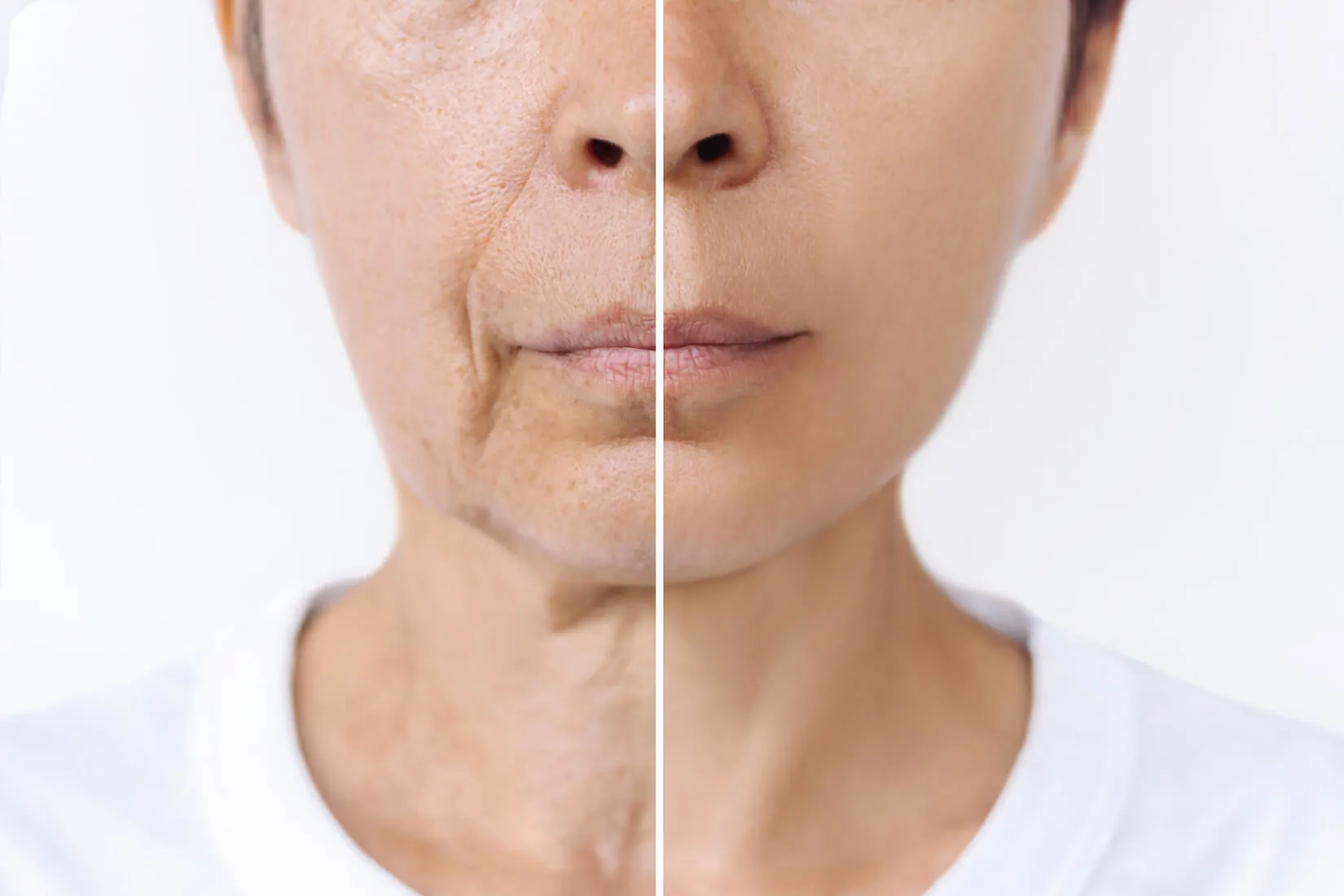No face is perfectly symmetrical — and that’s completely normal. In fact, a little asymmetry is part of what makes each person uniquely beautiful. But when facial imbalance becomes more noticeable due to aging, injury, genetics, or past procedures, it can affect a person’s self-confidence and appearance. If you’ve ever looked in the mirror and felt like one side of your face droops more than the other, you’re not imagining things. The good news? Facelift surgery may offer a powerful solution.
But can a facelift actually correct facial asymmetry? And if so, how effective is it — and what should you realistically expect?
Let’s explore how a facelift can help rebalance facial features, its limitations, and why choosing an experienced plastic surgeon makes all the difference.
What Causes Facial Asymmetry?
Facial asymmetry can result from a variety of factors, both natural and acquired. Some of the most common causes include:
- Genetics: Many people are born with minor differences in the size or shape of facial features such as the jawline, cheekbones, or eyelids.
- Facial aging: As we age, one side of the face may begin to sag or lose volume more rapidly than the other.
- Sleeping habits: Chronic side-sleeping can subtly affect muscle tone and tissue positioning over time.
- Dental issues or jaw misalignment: An uneven bite or missing teeth can alter the balance of facial structures.
- Past trauma or surgery: Previous injuries, Bell’s palsy, or even poorly executed cosmetic procedures can result in visible imbalance.
Although mild asymmetry is completely natural and often goes unnoticed, more pronounced imbalances — especially in the lower face and jawline — can become more evident with age.
What Is a Facelift?
A facelift, or rhytidectomy, is a surgical procedure designed to lift and reposition the underlying facial tissues, tighten sagging skin, and restore more youthful contours to the midface, jawline, and neck. The goal of a facelift is not to change your fundamental appearance, but to refresh your look in a natural, balanced way.
There are several types of facelifts, including:
- Mini facelift: Ideal for early signs of aging, particularly in the jawline.
- Traditional (SMAS) facelift: Lifts both the skin and deeper facial musculature.
- Deep plane facelift: Repositions the deeper layers of the face for more comprehensive, natural-looking results.
- Preservation facelift: Focuses on lifting without over-dissecting skin, preserving more of the natural tissue connections.
The type of facelift that’s right for you depends on your age, anatomy, skin quality, and specific goals, including whether facial asymmetry is a concern.
Can a Facelift Correct Facial Asymmetry?
In many cases, yes — a facelift can help improve facial asymmetry, particularly when the imbalance is caused or worsened by aging. A facelift can:
- Tighten and lift drooping tissue more on one side than the other
- Restore jawline definition, where one side may have more laxity or jowling
- Address uneven volume loss with fat grafting or targeted lifting
- Refine the neck and chin area, which may sag unevenly
Facial asymmetry often becomes more apparent with age because the rate of tissue descent isn’t always equal on both sides. One side may develop deeper nasolabial folds or more prominent jowls. A skilled plastic surgeon can tailor the facelift to lift each side differently, addressing those subtle differences and creating a more harmonious result.
It’s important to note that a facelift can visually improve asymmetry but will not completely eliminate all differences in bone structure or facial proportion. That said, the improvements can be significant and highly satisfying for the right patient.
Techniques Surgeons Use to Address Asymmetry in a Facelift
An experienced facial plastic surgeon will carefully evaluate your facial structure before surgery. They may use pre-operative photography and 3D imaging to assess the degree of asymmetry and develop a surgical plan accordingly.
During surgery, the surgeon can:
- Adjust the amount of lift or pull on each side of the face to correct drooping
- Perform selective fat removal or fat grafting to restore volume asymmetry
- Combine the facelift with chin implants, cheek augmentation, or neck lift for better balance
- Contour the underlying SMAS layer (superficial musculo-aponeurotic system) with precision to improve symmetry
Every face is different, which is why customization is key to correcting imbalances and achieving natural-looking results.
What Facelift Can’t Fix
While a facelift is powerful, it does have its limitations. A facelift:
- Will not correct skeletal asymmetry, such as differences in bone size or shape between the jaw or cheekbones
- Won’t reposition features like the eyes or nostrils
- Can’t treat muscle weakness from medical conditions like Bell’s palsy
- May not fully resolve asymmetry caused by prior trauma or scarring
However, a facelift can contribute significantly to overall facial harmony when combined with other procedures, such as eyelid surgery, brow lift, rhinoplasty, or facial implants.
Why Experience Matters
When it comes to facial asymmetry, experience and artistry are everything. Correcting imbalance requires a deep understanding of facial anatomy, aging patterns, and the interplay of light and shadow on the face.
Dr. Manish Shah, a board-certified plastic surgeon in Denver, has performed over 4,000 facelift and neck lift procedures. His approach to facial surgery is based on balance, structure, and natural movement. For patients seeking correction of facial asymmetry, he offers advanced techniques like the Preservation Deep Plane Facelift, which allows for precise tissue repositioning with minimal trauma and faster healing.
What to Expect After Surgery
After a facelift tailored to address facial asymmetry, patients can expect:
- More balanced facial contours
- A smoother, more defined jawline and midface
- Improved confidence in their appearance
- Minimal visible scarring, with incisions hidden around the ears and hairline
- Initial swelling and bruising for 1–2 weeks, with continued improvement over several months
Final results often take 3–6 months to fully settle, but many patients see noticeable improvements within the first month.
A Facelift Can Bring Balance to an Asymmetrical Face
While no face will ever be perfectly symmetrical, facelift surgery can greatly improve the balance and harmony of your appearance, especially when aging has made those differences more noticeable. By lifting sagging tissue, restoring volume, and refining contours, a facelift can help you feel more confident in your appearance without making you look like someone else.
If you’re concerned about facial asymmetry and want to explore whether facelift surgery is the right solution, Dr. Manish Shah in Denver offers the experience, precision, and aesthetic eye needed to create subtle, beautiful results.
Schedule your consultation today to learn more about how a customized facelift can help you look naturally balanced, refreshed, and like your best self.







